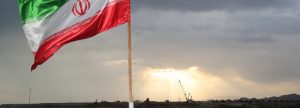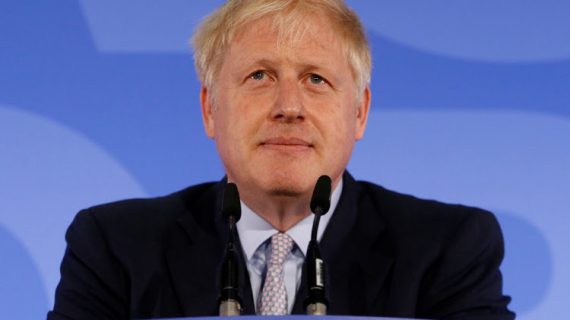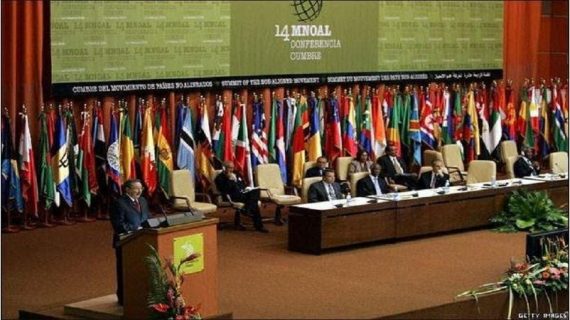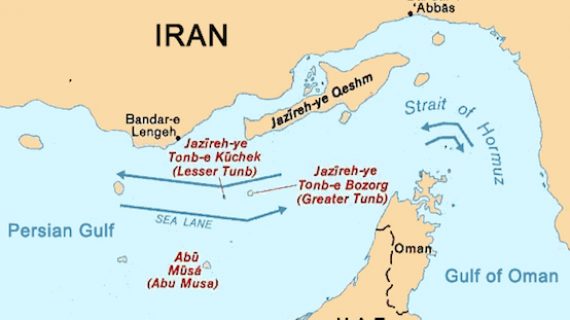CI Affirms Iran’s Sovereign Ratings
According to CI’s report, Iran’s ratings are supported by very low public external debt, large external assets due to persistent current account surpluses, substantial hydrocarbon resources and a comparatively high skilled workforce
Economic growth has resumed following the implementation of JCPOA in January 2016, but has so far not led to a marked improvement of economic conditions
Reported by HPMM Group according to FINANCIAL TRIBUNE ; Capital Intelligence Ratings (CI Ratings), the international credit rating agency, has announced that it has affirmed Iran’s Long-Term Foreign and Local Currency Sovereign Ratings at ‘BB-‘ and its Short-Term Foreign and Local Currency Sovereign Ratings at ‘B’.
At the same time, the outlook for Iran’s ratings was revised to ‘Negative’ from ‘Stable’, CI reported on its website as part of its latest assessment of Iran’s economic and political situation.
According to CI’s report, Iran’s ratings are supported by very low public external debt, large external assets due to persistent current account surpluses, substantial hydrocarbon resources and comparatively high skills of workforce.
The agency reckons that Iran’s ratings are hampered by structural constraints (e.g. weak business environment and weak banking system), low institutional strength, high external stability risks, limited integration in global banking system and weak data transparency.
The rating agency explains that the change of outlook for Iran to “Negative” reflects rising external political risks that weigh on future economic growth prospects by keeping uncertainty high and by complicating the implementation of the government’s ambitious economic reform agenda.
These factors also put a strain on Iran’s external liquidity position, as rising political risks impede Iran’s efforts to improve the processing of international payments through the global banking system, which is essential for repatriating export proceeds and accessing foreign external assets.
The outlook has also been influenced by the likelihood of a reimposition of US secondary sanctions and a further escalation of tensions between Iran and countries opposing the nuclear agreement.
CI takes note of the fact that external political risks in Iran have increased over the past few months. In January 2018, US President Donald Trump threatened to reimpose sanctions on Iran, which had been lifted in January 2016 following the implementation of the nuclear agreement (formally known as the Joint Comprehensive Plan of Action).
On 12 May 2018, Trump is due to renew the lifting of nuclear-related sanctions on Iran. A refusal to do so would lead to a reimposition of US secondary sanctions (sanctions on foreign companies that conduct business with Iran).
US secondary sanctions might curtail Iran’s oil exports and lead to a further escalation of tensions between Iran and countries demanding a tightening of restrictions on Iran’s nuclear program.
Limited Growth
High uncertainty regarding the future of JCPOA is also affecting Iran’s international liquidity position and future economic growth prospects.
While the lifting of nuclear-related sanctions allowed a strong expansion of Iranian oil exports, Iran’s international liquidity position continues to be constrained by its limited progress in reintegrating into the global banking system.
This, in turn, impedes Iran’s ability to repatriate export earnings from trading partner countries and to access its large foreign exchange reserves.
Difficulties in repatriating export revenues can also be singled out as a major factor why official foreign exchange reserves declined in 2016 and 2017, even though Iran exhibited substantial current account surpluses in both years.
The agency also says that it does not expect a substantial expansion of international banking relations in the next 12-24 months.
Economic growth resumed after the implementation of JCPOA, but has so far not led to a marked improvement of economic conditions as can be seen from the continued high levels of youth unemployment.
“A lasting improvement of economic conditions would necessitate a substantial acceleration of economic growth. Within our baseline scenario, we do not expect economic growth to accelerate substantially over the next 12-24 months,” CI says.
High external political tensions are likely to weigh on business confidence and subdue foreign direct investment inflows.
Iran’s economic growth potential continues to be constrained by large structural problems such as extensive government regulation, a lack of competition in certain sectors (e.g. auto pricing and import monopolies) and a weak financial sector.
“While the government of President [Hassan] Rouhani is planning to implement various economic reforms over the next few years, we consider the implementation risk of these reforms to be high, given the strong opposition of entrenched interests and high domestic and external stability risks,” CI adds.
Moderate Government Debt
On the fiscal front, CI deems the current size of central government debt in Iran as moderate.
The very low level of public external debt is an important rating strength. That said, the assessment of overall fiscal vulnerabilities is complicated by large uncertainties regarding the size of contingent liabilities.
The fiscal space of the government is limited by low rates of tax revenue mobilization and high spending on pensions and subsidies.
Iran’s ratings are supported by large, albeit not fully accessible, external assets. The country also benefits from substantial hydrocarbon resources and a comparatively high educational quality of Iran’s workforce.
However, Iran’s ratings are constrained by a low institutional strength and a very low transparency with regard to the disclosure of economic data.







